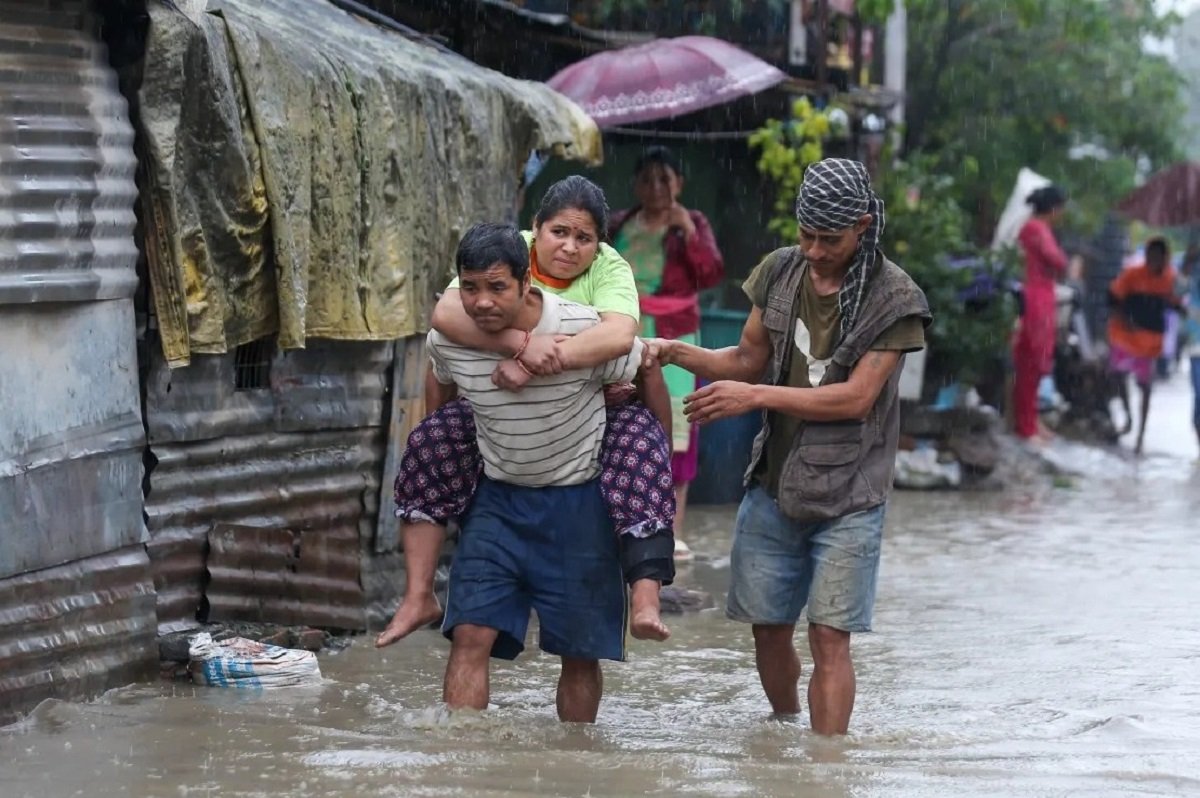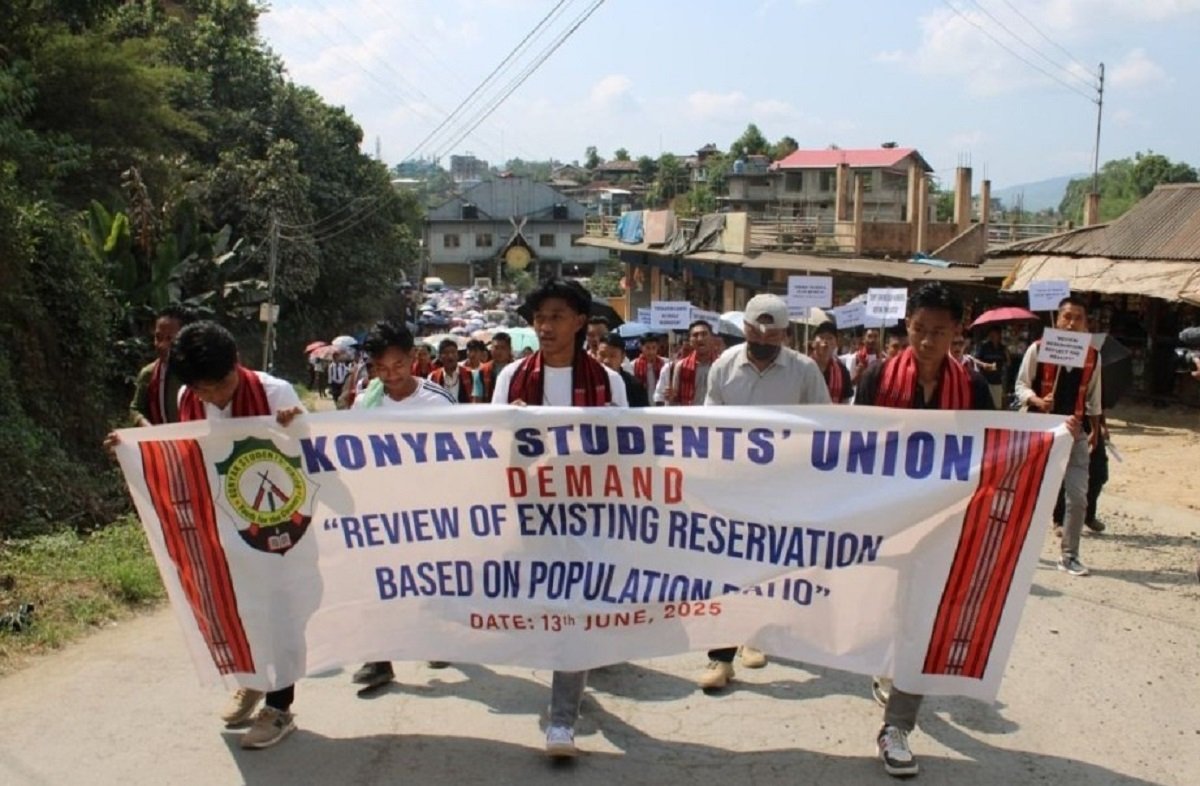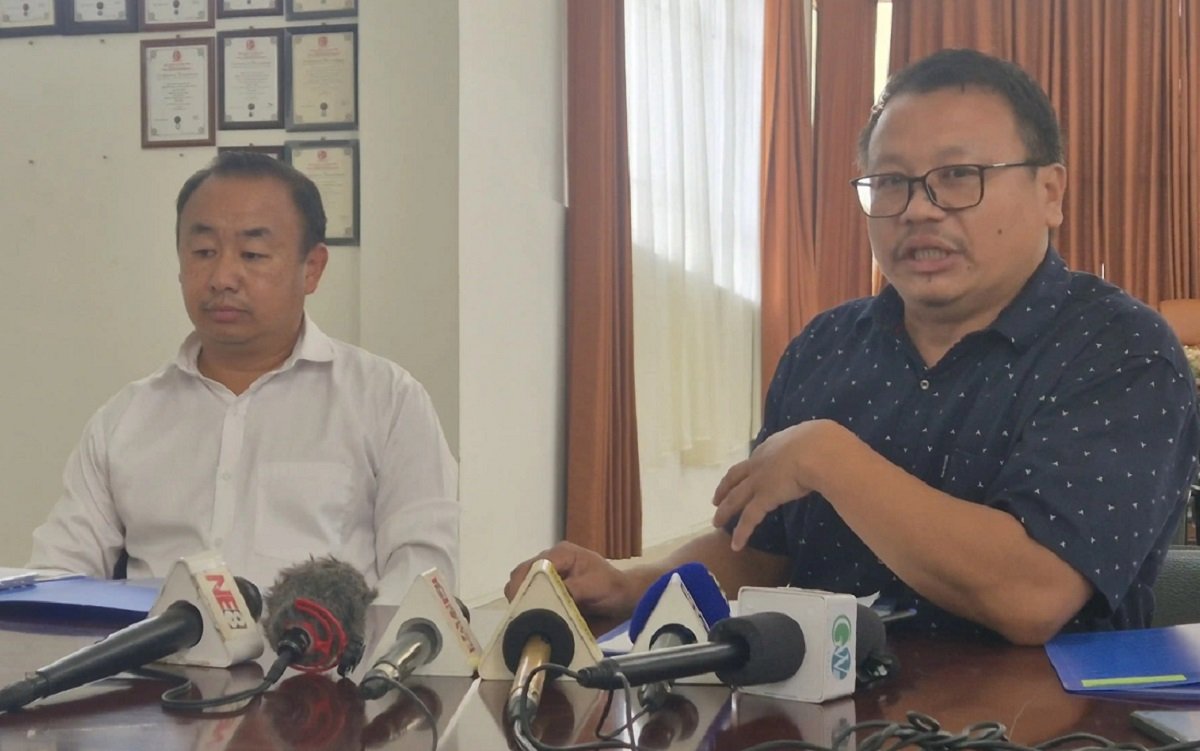Nagaland is reeling under the impact of relentless monsoon rains that have triggered widespread flooding and devastating landslides across multiple districts, leaving behind a trail of destruction and displacing hundreds. The Nagaland State Disaster Management Authority (NSDMA) has confirmed extensive damage to homes, roads, paddy fields, and key infrastructure, prompting round-the-clock response efforts by emergency teams. According to officials, the state has witnessed some of the heaviest rainfall of the season, leading to flash floods in low-lying areas and the collapse of retaining walls and roadways. Rivers have breached their banks in several places, posing fresh challenges to both residents and rescue teams. In Dimapur district, one of the worst-affected regions, floodwaters inundated several localities, including SM Colony, Ragailong, Namgalong, Super Market, K Sachu, Ekhyoyan Village, Walford, and Model Colony in Purana Bazaar. District Disaster Management Authority (DDMA) teams swiftly set up relief camps for displaced families, while Home Guard (HG), Civil Defence (CD), and State Disaster Response Force (SDRF) units have been deployed for rescue and relief operations. Residents in these areas described the sudden surge of water and the destruction of household items and livestock. “We barely had time to save anything. The water came rushing in the middle of the night,” said a resident of SM Colony, now staying in a relief camp.
In Chumoukedima district, the situation remained equally grim. Flooded areas included Tenyiphe, Chekiye, Virazouma, Singrijan, Khopanala, Sovima, and several villages near the 173rd CRPF Camp. The continuous downpour has led to major damage to public infrastructure, including roads, culverts, and electric poles. Traffic movement has been affected in key areas, with several interior roads rendered impassable. Niuland district also witnessed rising waters in villages such as Kuhuboto, New Showuba, Nizhevi, Lotovi, Suhoi, Nihokhu, Hovishe, Ghokuto, Toshiho, Khehoyi, and Anato. Farmlands, particularly paddy fields and jhum cultivation areas, have been submerged, raising concerns over food security and farmer livelihoods in the coming months. In the state capital Kohima, a retaining wall below the Civil Secretariat collapsed due to water saturation, damaging multiple vehicles and obstructing access to key government offices. Authorities are working to clear the debris, but continued rainfall and waterlogging have slowed progress. Several parts of Kohima town, including central roads and residential colonies, remain waterlogged, making movement difficult for citizens. Elsewhere in the state, landslides have severely impacted road connectivity. In Mon district, the critical road to Longleng was cut off at Yongam Village on July 4. The disruption has isolated several villages, with supplies and medical access now dependent on relief efforts by local authorities and NGOs.
In Wokha district, flash floods swept through Chanka village, destroying paddy fields and washing away agricultural equipment. Mokokchung district saw significant damage in Changki and Longkong villages, where landslides brought down large portions of roads and disrupted water pipelines supplying nearby communities. One of the most alarming situations has unfolded in Tuensang, where National Highway-202 was completely cut off at Chare Town. The DDMA team has been assisting in transporting stranded travelers and patients requiring urgent medical care. Further down the route from Chare to Mokokchung, several stretches are blocked by debris, and a bailey bridge is reportedly on the verge of collapse under the force of the swollen river. The NSDMA has issued an alert across all vulnerable districts, warning of continued rainfall over the coming days. With saturated soil and overflowing rivers, officials fear further landslides and flash floods could occur without warning. The state disaster authority is closely coordinating with the Indian Meteorological Department (IMD) and district administrations to monitor evolving conditions and dispatch emergency supplies where needed.




